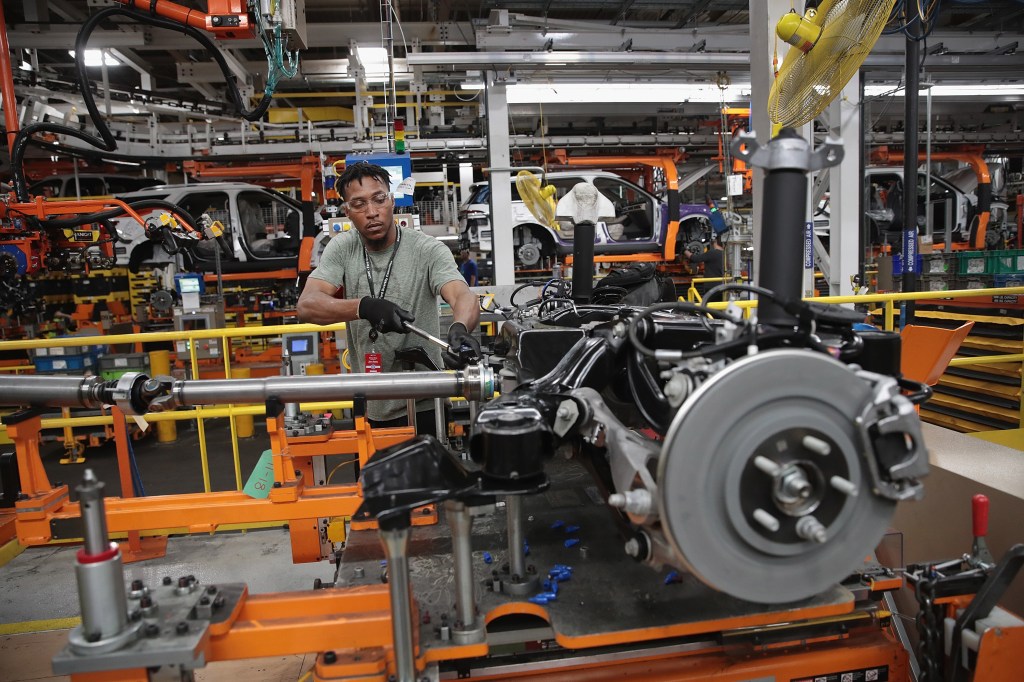Behind the Factory Facade: Debunking the Great Manufacturing Jobs Illusion

Romanticizing the Industrial Workforce of the 1950s: A Misguided Perspective
The notion of returning to the industrial landscape of the 1950s is both impractical and fundamentally misguided. While some may wax nostalgic about an era of seemingly robust manufacturing and straightforward economic structures, the reality is far more complex and undesirable.
Today's workforce demands innovation, technological integration, and adaptive skills that simply did not exist during the mid-20th century. The industrial jobs of that era were often characterized by harsh working conditions, limited worker protections, and a narrow range of opportunities for personal and professional growth.
Modern economic realities have transformed the workplace dramatically. Globalization, technological advancement, and shifting economic paradigms have rendered the 1950s industrial model obsolete. Workers now require sophisticated skills, continuous learning, and the ability to navigate rapidly changing technological landscapes.
Moreover, the social and economic inequalities prevalent during that time period are incompatible with contemporary standards of workplace diversity, inclusivity, and individual rights. Attempting to resurrect such a model would not only be futile but potentially harmful to the progress we've made in creating more equitable and dynamic work environments.
Instead of looking backward with rose-tinted glasses, we should focus on building forward-thinking, adaptable, and innovative workforce strategies that embrace the complexities of our current global economy.
